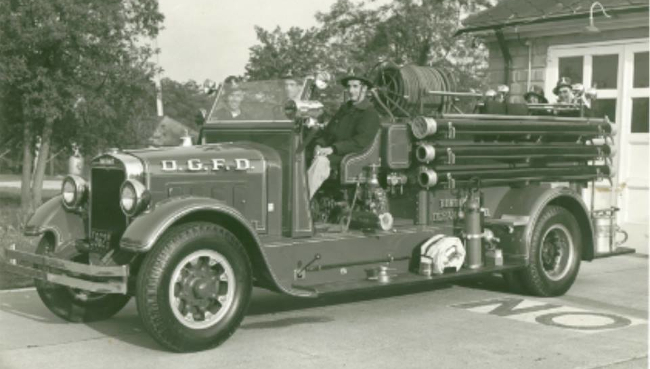
In 1995, Freightliner executive James Hebe, who started his career at ALF, announced that Freightliner had acquired the name and assets of the venerable company. The following year, American LaFrance was resurrected.


ALF continued to lose money and ATO announced that operations would cease in 1994. Despite these developments, newer companies like Pierce and Emergency One dominated the industry by the early 1990s. and the Patriot chassis was introduced in 1992. In 1991, American LaFrance acquired Hahn Motors Inc.
#American lafrance fire truck models series#
The Century 2000 series chassis was introduced, as were the less-expensive models Pacemaker (chassis built by Pemfab) and Pioneer 90 (built by Spartan Motors). It appeared that ALF was no more, but in 1986, ATO announced that production would start up again in its Bluefield, Virginia facility.

However, in 1985, ATO announced that it would no longer operate the Elmira-area facility. Later custom cab models included the Century and Spartan.īased in Elmira from the beginning, a new manufacturing plant was opened in nearby Southport in 1981. These remained until the Snorkel acquisition of 1973. Rear-mount ladders were introduced in 1968 to join Aero-Chief and Ladder-Chief aerial devices that had debuted earlier in the decade. The 700 series was succeeded by the 800 and 900 series, and supplemented by the Pioneer series in the early 1960s. A-T-O acquired Snorkel Fire Equipment in 1973 and Snorkel and TeleSqurt aerial devices were added. In 1966, it became a division of the Automatic Sprinkler Corporation (later Figgie International (1963), renamed A-T-O in 1969). In 1955, American-LaFrance merged with Sterling Precision Instrument Corporation to form American LaFrance Corporation. After the Second World War, ALF introduced the 700 series of cab-forward chassis, revolutionizing the fire truck. Developments included V-12 engines, cab-forward apparatus, hydraulically-operated aerial ladders and more. Historians have likened ALF to the General Motors of fire trucks. Over the following decades, ALF moved from steam powered apparatus to motor-driven vehicles, creating many innovations and becoming a dominant player in the industry. The new company took the names of its most prominent components, American and LaFrance, to form American-LaFrance. However, the new entity proved unwieldy and was restructured again in 1904. In 1900, Chicago industrialist Charles Locke consolidated the American Fire Engine Company, the LaFrance Fire Engine Company and other manufacturers to form the International Fire Engine Company. The company was renamed LaFrance Fire Engine Company in 1880. In 1873, Truckson LaFrance and a number of investors founded the LaFrance Manufacturing Company in Elmira, New York, where it manufactured, among other things, steam fire engines. In 1891, Button merged with three other steam fire engine builders (Silsby, Ahrens and Clapp & Jones) to form the American Fire Engine Company. Production continued under the name of Button & Blake and steam fire engines were built in the latter part of the 19th century. The company changed hands, and by 1841, was owned by Lysander Button.

In 1832, John Rogers began building hand-operated fire in Waterford, New York. American LaFrance was incorporated in 1904, but can trace its history to a period several years before that.


 0 kommentar(er)
0 kommentar(er)
